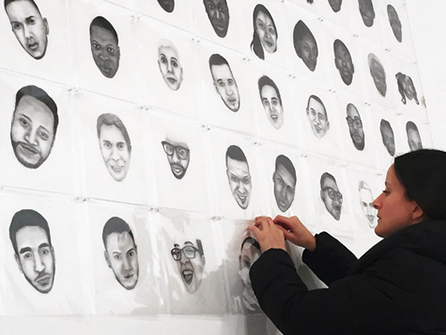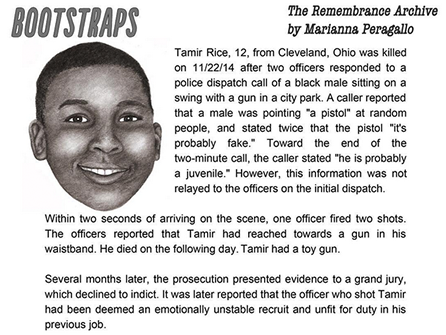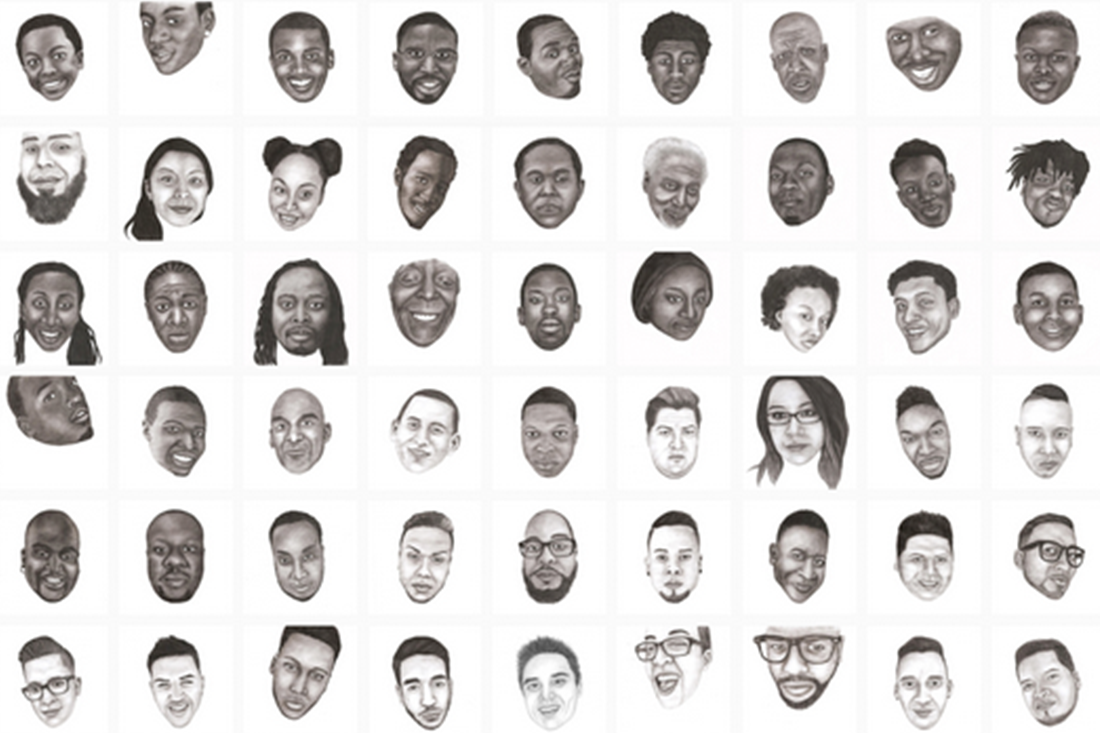I only draw portraits of people that I have a strong bond with. Whether they are someone I love or someone that I hope to fall in love with; they are always someone that I know personally. This is because the action of drawing a portrait is very special, and it is much like a ritual to me. Every stroke of the pencil becomes a vital element in recreating his or her image, and if anything is slightly off, you lose that magic in replicating the true sense of that person. This is why when I draw a portrait, I feel like it is an actual journey that I have taken with the person, something that is very intimate and almost magical, as I dedicate time to truly observe and record the appearance and the feeling of that special someone.
This is why it particularly hit my heart when I learned about the works by New York-based Brazilian-American artist, Marianna Peragallo. Her collection, The Remembrance Archive, is an on-going long-term project which features the portraits of those “we’ve lost too soon to crimes of hate, fear, and systemic racism in recent years in the US”. Each of these faces is accompanied by their background story and the incident that he or she has faced, making this art project also an archival journal which can act as a resource for the public.
Released on social media, these gone faces are celebrated and memorialized, which not only helps to remind people “what their presence meant to their families, friends, and communities”, but they also act as a support to those who “have lost so much (to) know that their loved one is remembered.” Inspired by a quote by Paula Gunn Allen, which says “The root of oppression is the loss of memory”, this project is more than just art; it is a dimensional project which reflects upon the society, and hopefully ends up able to “demand reform from all levels of government.”
Individuals featured in this project includes black civilians shot by the police, victims at the Pulse nightclub shooting, as well as hate crimes such as the incident at a black church in Charleston. These memories, as well as the drawings by Pergallo “may become faded, colored, or altered but the essence remains and gets passed on through stories.”




